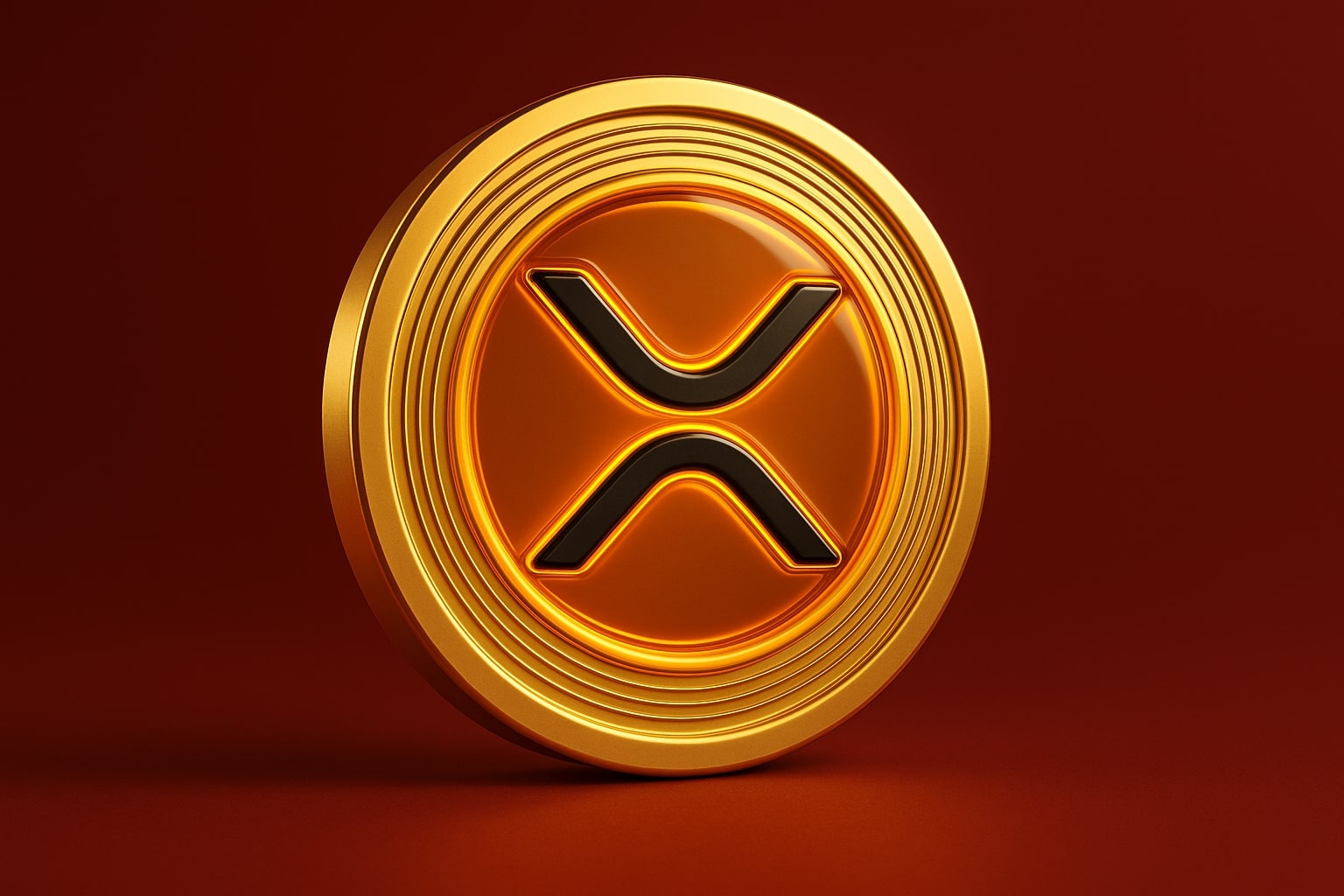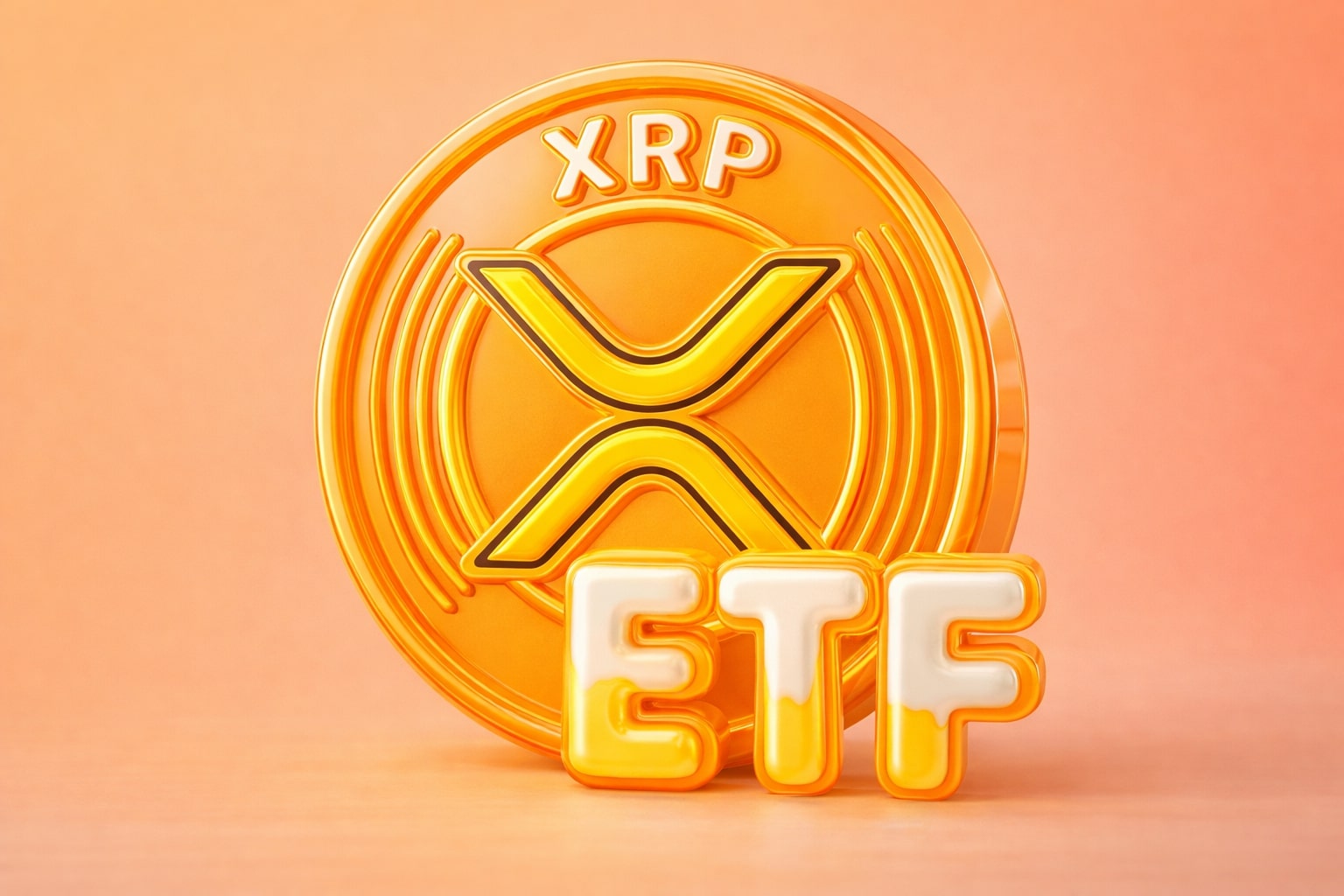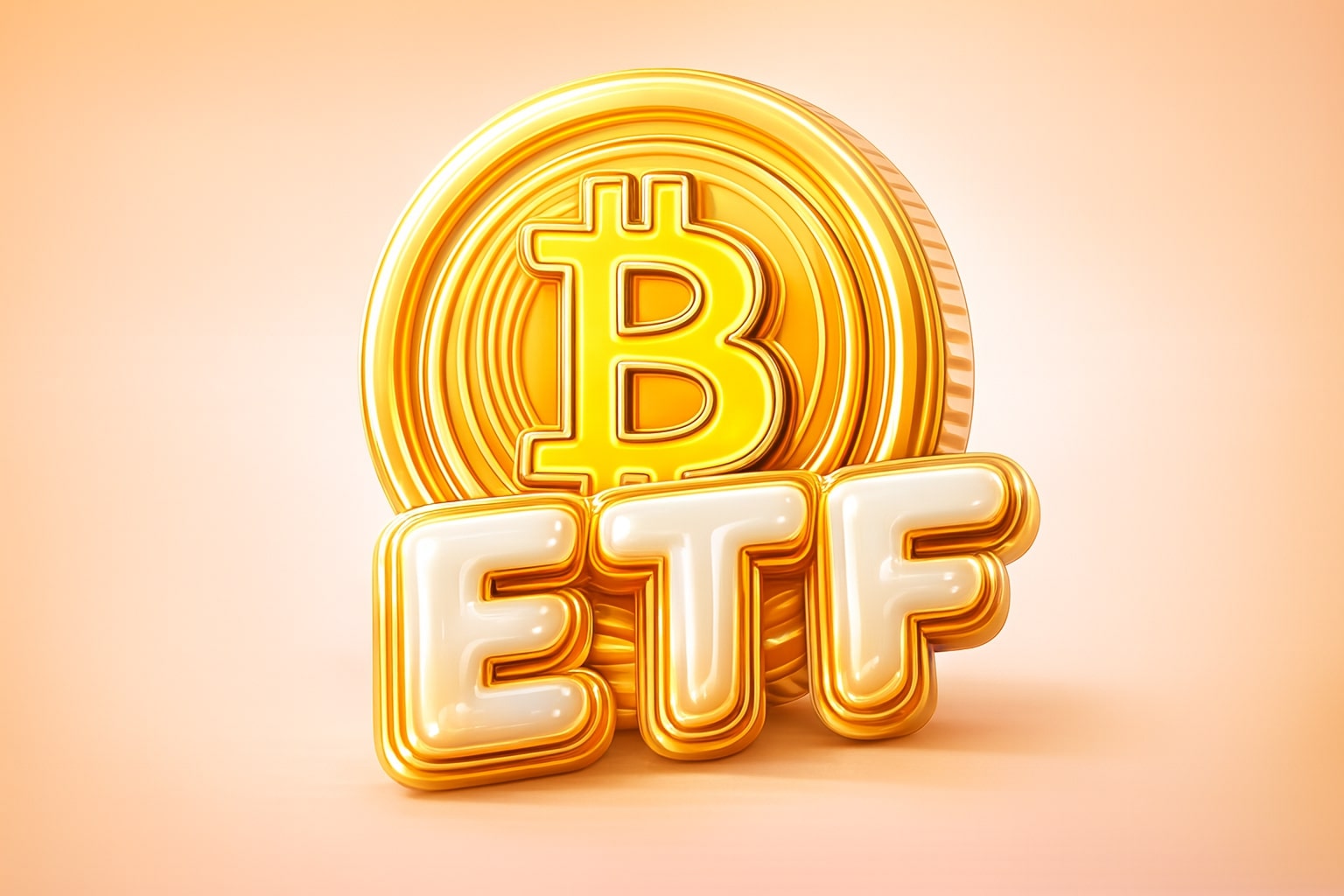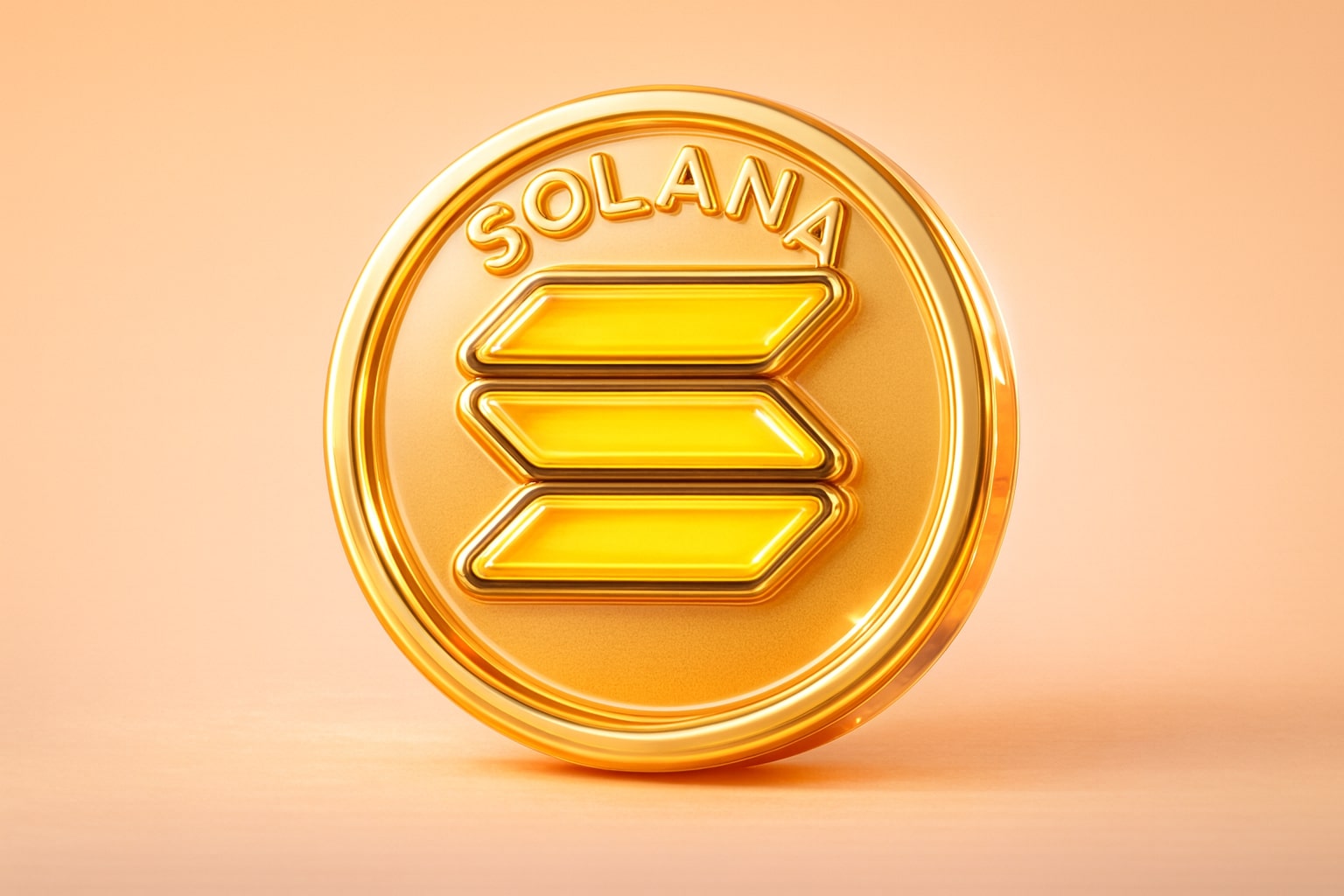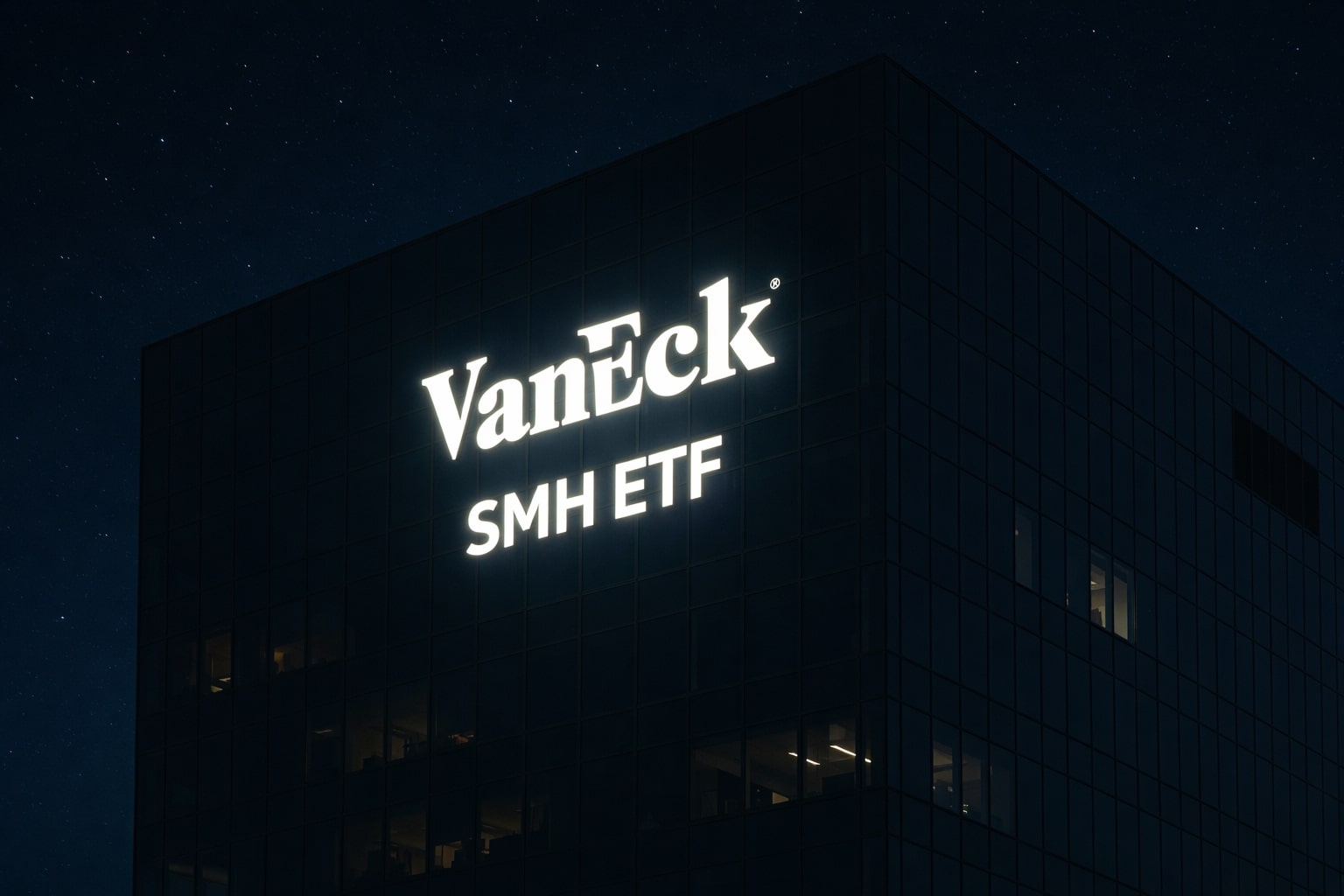XRP-USD Holds Above $2.20 While ETF Launches Spark Institutional Inflows
XRP (XRP-USD) trades at $2.24, up 1.82%, maintaining weekly gains even as the broader crypto market shows mixed sentiment. The recent debut of Grayscale’s XRP Trust (GXRP) and Franklin Templeton’s XRP ETF (XRPZ) on NYSE Arca has triggered a total of $164 million in first-day inflows, marking one of the strongest ETF launches for an altcoin in history. Grayscale’s fund alone attracted $67.36 million in net inflows, while Franklin Templeton saw $62.59 million, signaling that regulated demand for XRP exposure is accelerating.
These inflows have helped XRP outperform Bitcoin (BTC-USD) and Ethereum (ETH-USD) on a weekly basis, as traders position for longer-term institutional accumulation. However, despite this inflow-driven optimism, on-chain data paints a more complex picture: short-term holders are accumulating, while long-term holders have started to sell aggressively.
Holder Dynamics Shift: Short-Term Confidence vs. Long-Term Profit-Taking
Data from Glassnode’s HODL Waves shows that XRP’s one-to-three-month holding band increased from 8.8% to 9.48%, and the one-week-to-one-month cohort rose from 4.97% to 6.99% since November 11. This implies renewed retail and short-term trader interest. However, long-term holders — who typically stabilize supply — are exiting positions.
Between November 23 and 25, long-term wallets sold roughly 84 million XRP, a 56% surge in distribution compared to the prior week. This selling pressure mirrors a pattern seen earlier in mid-November, when similar selling preceded a correction from $2.22 to $1.96, a 12% drop.
The Net Unrealized Profit/Loss (NUPL) metric for long-term holders now stands near 0.50, within the “belief–denial” zone, which historically signals local market tops. The incentive for long-term holders to realize profits is rising, and this profit-taking cycle may limit short-term upside unless institutional demand absorbs the outflow.
Technical Setup: XRP Eyes Breakout at $2.25–$2.30
Technically, XRP/USD is consolidating above its 100-hour Simple Moving Average, currently around $2.18, while forming a bullish trend line with support near $2.17. The pair earlier reached a $2.286 intraday high before retracing slightly.
Resistance sits at $2.25, with the next breakout level at $2.32. A close above this area could drive an advance toward $2.42 and potentially $2.50, where traders expect heavier resistance from profit-takers. On the downside, key supports are $2.17, $2.12, and $2.00, with a deeper retracement possibly testing the $1.81 zone — the last major swing low.
The MACD has entered positive territory, confirming rising momentum, while the RSI at 47 shows recovering strength after nearing oversold conditions last week. The structure supports a short-term bullish bias as long as the $2.17 trendline remains intact.
RippleNet Expansion Continues as 300 Banks Adopt, Yet On-Chain Volume Falls
Ripple’s ecosystem continues expanding — over 300 banks now use RippleNet, including corridors in Japan and Southeast Asia. Yet paradoxically, XRP’s on-chain transaction volume continues to decline. The reason: most institutions use RippleNet’s messaging infrastructure for cross-border settlements without using the XRP token itself.
Ripple’s upcoming RLUSD stablecoin, which surpassed $1 billion in circulation this month, aims to close that gap by offering banks a dollar-pegged, regulated asset to test corridors before migrating to XRP for liquidity bridging. Adoption of RLUSD in 2026 could catalyze XRP demand in production-level settlements once institutions move beyond pilot programs.
ETF Momentum Adds Credibility But Not Yet Utility
The introduction of XRP ETFs provides credibility and price support, but it does not directly increase network usage. ETF allocations are custodial — XRP held for these funds goes into cold storage, reducing active supply rather than generating transaction activity. This stabilizes prices but limits organic volume growth on-chain.
Still, institutional participation through Grayscale, Franklin Templeton, and Canary Capital shows regulatory confidence. Combined assets under management in XRP ETFs now exceed $245 million, rivaling early Bitcoin and Ethereum ETF launches. This influx of regulated capital is reshaping XRP’s market structure, increasing depth and reducing volatility.
Macro Environment: Broader Crypto Stabilization Supports XRP
Market-wide sentiment has improved after a prolonged risk-off phase. Bitcoin trades at $87,400, Ethereum at $2,900, and XRP has held its ground near $2.20 despite waves of profit-taking. The Chaikin Money Flow (CMF) indicator for XRP remains slightly above zero, signaling mild inflows from larger wallets. However, CMF remains under a descending trendline — suggesting that institutional inflows are not yet strong enough to offset long-term selling fully.
Institutional Catalysts: RLUSD, Asia Corridors, and ETF Growth
Ripple’s strategic push into Japanese and Southeast Asian corridors for RLUSD settlement remains the most promising near-term catalyst. Early testing has already begun with key regional banks seeking to replace costly SWIFT-based remittance structures.
If RLUSD adoption transitions from pilot to production by Q2 2026, XRP could see a structural demand boost as it becomes the bridge asset between regional currencies. This rollout, combined with ETF inflows and stable macro liquidity, positions XRP to move toward $3.50–$4.50 under a bullish 2026 scenario.
